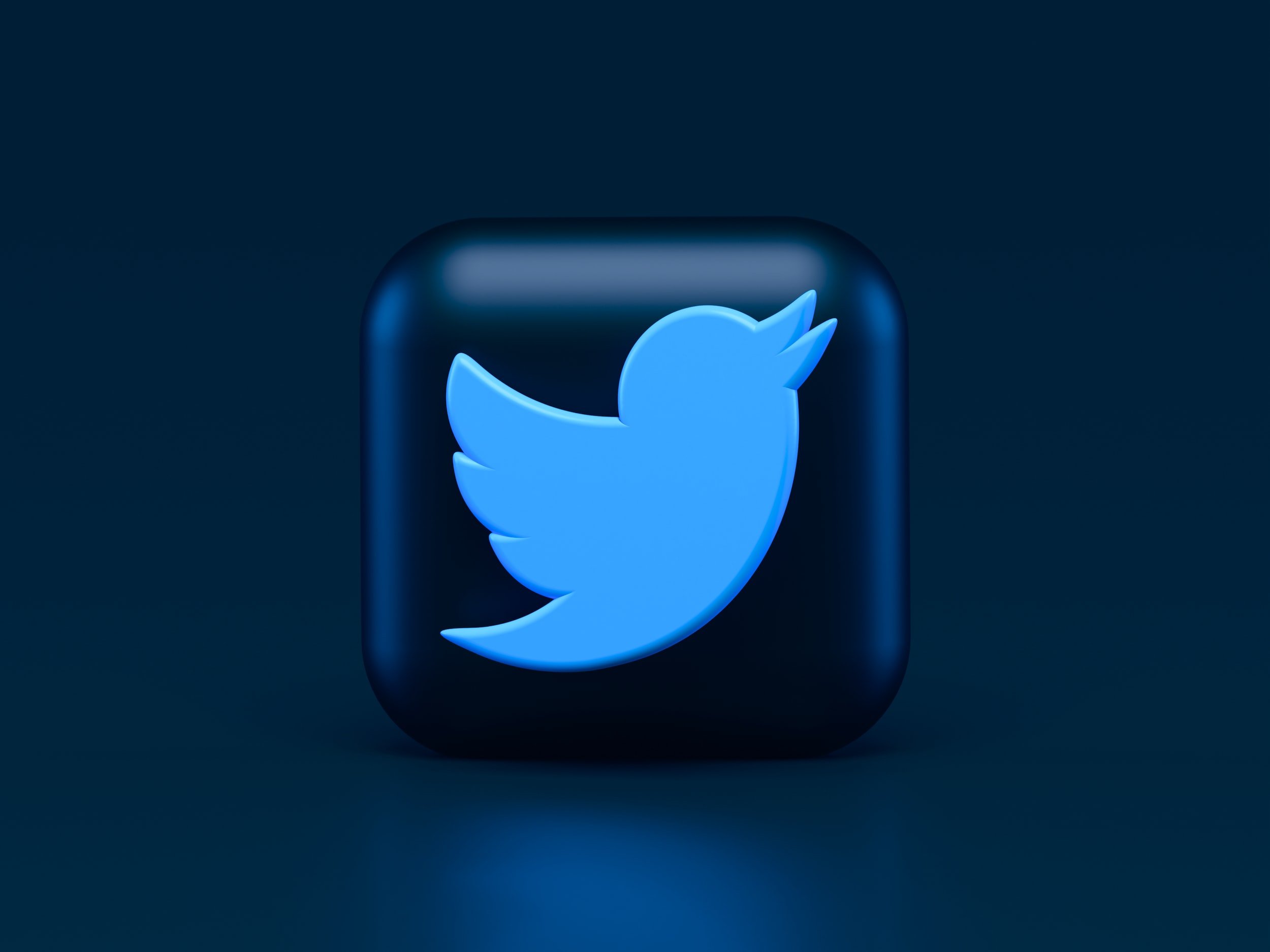Elon Musk is now the owner of Twitter and everyone is waiting to see what that means for the social media platform. The network’s legion of golf-minded users — lovingly deemed Golf Twitter — is no exception.
The first few days of Musk’s reign have been shaky at best as an influx of hate speech and extremists trolls have exploded seemingly overnight. Most are highly politicized, albeit probably (hopefully?) fake, yet Golf Twitter has remained unscathed by anything Musk has allowed to this point.
However, as news breaks and lawsuits abound from the likes of Patrick Reed vs The Media, along with rumors that major advertisers are undecided on their continued support of Twitter and Musk’s desire to charge users for verification badges, the landscape of the network may change drastically. This includes what people feel comfortable stating publicly and the sources they trust for information.
How things stand today
Golf Unfiltered has held an account on Twitter since 2009. For the entirety of that time, all of the tweets have come from me, Adam, the owner of the website and host of the podcast. I’ve dabbled back-and-forth with keeping tweets brand-centric to injecting my own personal takes on pretty much anything with varying degrees of engagement. The GU account’s 11,000 followers are mainly comprised of Golf Twitter loyalists, contest prize seekers, and a wide range of differing opinions.
At 11k followers, the GU account is somewhere in the middle of the pack in terms of follower count and engagement. We’re far from the largest and far from the smallest. I’d like to think we provide value to the Golf Twitter landscape, but that’s probably not for me to define.
Similarly, the value of Twitter and its hundreds of millions of users should not be defined by the company but rather the users themselves. For the most part, this experiment in open communication among golf fans, media entities, and the sport’s celebrities has been successful. The accounts that offer the most engaging content rise to the top, including those from longstanding golf media outlets like Golf Digest, Golfweek, and others.
Where things start to get complicated is when professional golfers and well-known journalists begin to engage with anonymous users.
It is no secret that Twitter can be an awful place where anonymous accounts spew unbridled and unregulated insults (or worse) at golfers or journalists, particularly to those with a verified blue check mark next to their name (more on that later). Twitter’s attempts at reducing trolls has been lackluster at best, ranging from the removal of tweets to permanent bans on the worst offenders. This process has been far from perfect and unfairly enforced across the board.
Musk has hinted at changing this process as well, erring on the side of “letting the speech exist” whenever in doubt. Clearly a dangerous overgeneralization in theory, particularly when considering the scope of what could exist on Twitter.
To be clear, Golf Twitter is a miniscule niche group of users who have next to zero influence on the network’s overall landscape. This has begun to shift ever-so-slightly toward relevance with the launch of LIV Golf and that tour’s off-course backing. The lines are blurred between professional golf, politics and world affairs, and Twitter users have responded in kind.
The point: while Golf Twitter is insignificant in the larger scope of the social network, it is not immune to the same problems and regulation inconsistencies that plague Twitter overall… and what Musk just inherited.
Why did Musk want to buy Twitter anyway?
For the sake of context, Elon Musk’s interest in acquiring Twitter has been an interesting ride.
In a recent report by the New York Times, the timeline of Musk’s experience with Twitter also began in 2009 when he joined the platform. His first tweets were mundane, focusing on what he was doing that day and where he just ate lunch. You know, kind of like everyone else.
Over the next 13 years or so, Musk’s usage of the network evolved… again, just like everyone else. He began to see value in the network, particularly as a monetization opportunity and advertising platform for his other companies like Tesla and eventually SpaceX. Musk also began to notice how Twitter attempted to regulate trolls and hate speech on its platform, particularly in the realm of politics.
Musk’s political affiliation has spanned the proverbial gamut over the years, but in 2016 for obvious reasons we won’t go into here, he began to favor one side more than the other. He also becomes a fan of a website called the Babylon Bee, a conservative satirical news site similar to a more liberal publication, The Onion.
As we will all remember, the years between 2016 to now have been incredibly politicized and a bit of a mess (understatement), and included a permanent Twitter ban of former president Trump in 2021. This attempt at regulation by Twitter, including many other account suspensions and bans, caught Musk’s attention.
In fact, Twitter would eventually ban the Babylon Bee’s account in 2022 following a trans-phobic tweet that violated the network’s content rules. This allegedly pushed Musk over the edge, prompting him to suggest perhaps he should buy the network. A $44 billion offer, cold feet and a failed lawsuit to back out of the deal followed, ultimately culminating in Musk being the sole owner of Twitter.
The Blue Check Mark
Regardless of Musk’s reasoning for purchasing Twitter and the uncertainty of what he’ll do with it, one thing that’s already been teased is what he plans to do with Twitter verification.
The “blue check mark” symbol next to verified accounts meant something for a long time. To oversimplify it, major public figures, brands, and other well-known Twitter accounts could apply for verification to let everyone else know they were the “official” account of that entity. This is also true in the golf space.
Musk has already stated that the once free verification will now cost $8/month. It is unclear if this means current verified accounts will be grandfathered in and if paying the fee automatically verifies an account. To be transparent, the GU account is not verified.
The reason this little digital badge is important, if it’s not already clear, relates to Twitter’s other major problem: misinformation.
Now is a time in our society where accurate information is the most important resource. This is especially true in the world of journalism, even sports journalism. This extends beyond the results of a golf tournament.
Sports often mirrors everyday life. They are a reflection of what we hold important in terms of values, entertainment, business, and our culture. The idea that competing sides can reach an outcome fairly, accurately, and without prejudice is as core to our social structure as any other value. This is why when someone cheats in sports, it’s a big freaking deal.
Accuracy and truth matters, and it is the responsibility of trusted sources to provide both to those who trust them as that source.
At first blush, what Musk is suggesting is that sources can now pay a monthly fee for that trust. It has nothing to do with accurate reporting and perhaps even proving you are who you say you are. If that’s not the case and I am missing the point, that’s entirely due to the vagueness Musk chose when communicating this idea of charging for verification. That’s something you want to be crystal clear on.
What is abundantly clear is that the landscape of Twitter we once knew will change. My personal opinion on how it should change is irrelevant, especially since the company has gone private. I do not believe that Musk is the appropriate person to lead arguably the most influential social media site in the world, but I’ve been wrong before.
Let’s just call things as they are: the world’s richest man now owns the platform he wishes to make a beacon for “free speech.” The dissonance between those two facts could not be louder and more contradictory. Even typing that sentence feels like the opening to a dystopian novel.
As far as Golf Unfiltered is concerned, we will remain on Twitter for as long as it makes sense. Twitter remains our biggest individual audience source, but that could change. We are seeing growth in other outlets, including TikTok and YouTube.
What I do know for certain is this: if Twitter shifts too far into a place where truth, accuracy, and civility is an afterthought, Golf Unfiltered will close the account without a second thought.












 Phil's situation seems a bit different. He's not exactly the youngest guy on TOUR anymore -- and hasn't been for awhile -- and he's got
Phil's situation seems a bit different. He's not exactly the youngest guy on TOUR anymore -- and hasn't been for awhile -- and he's got 

